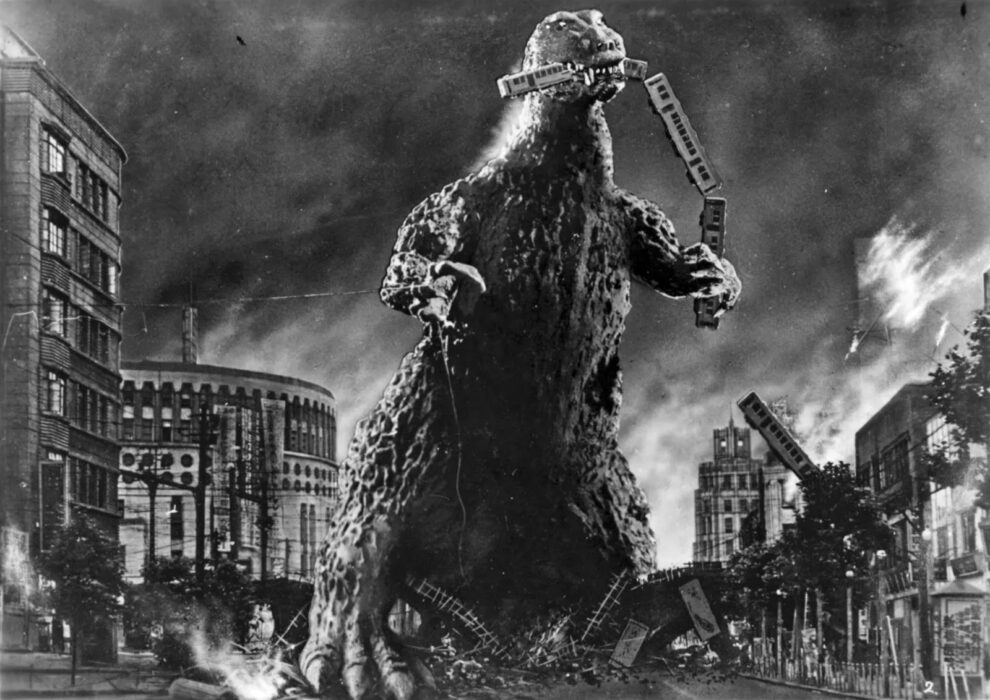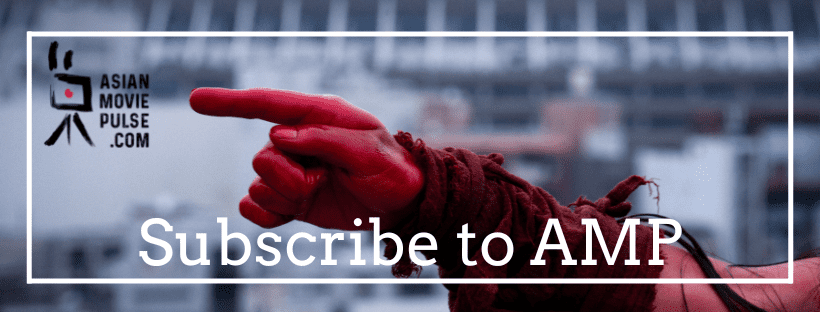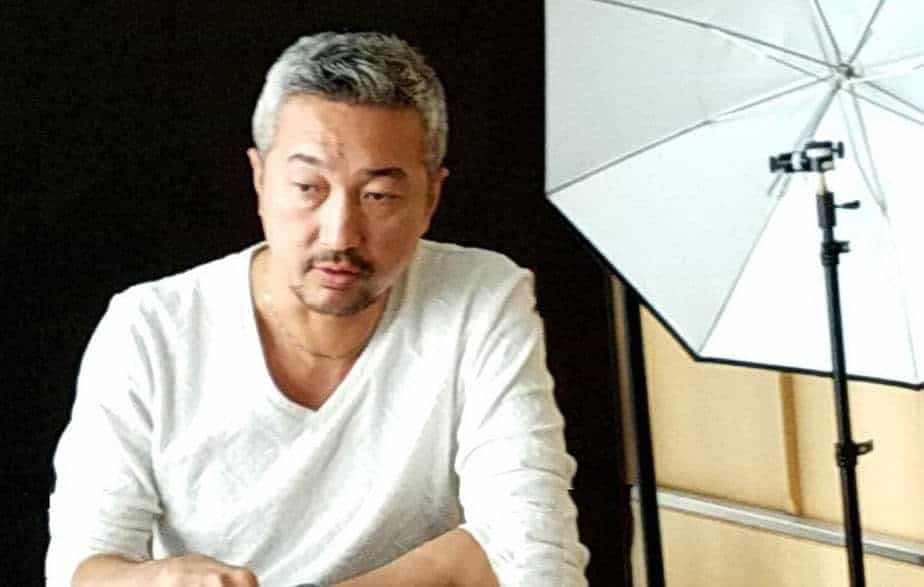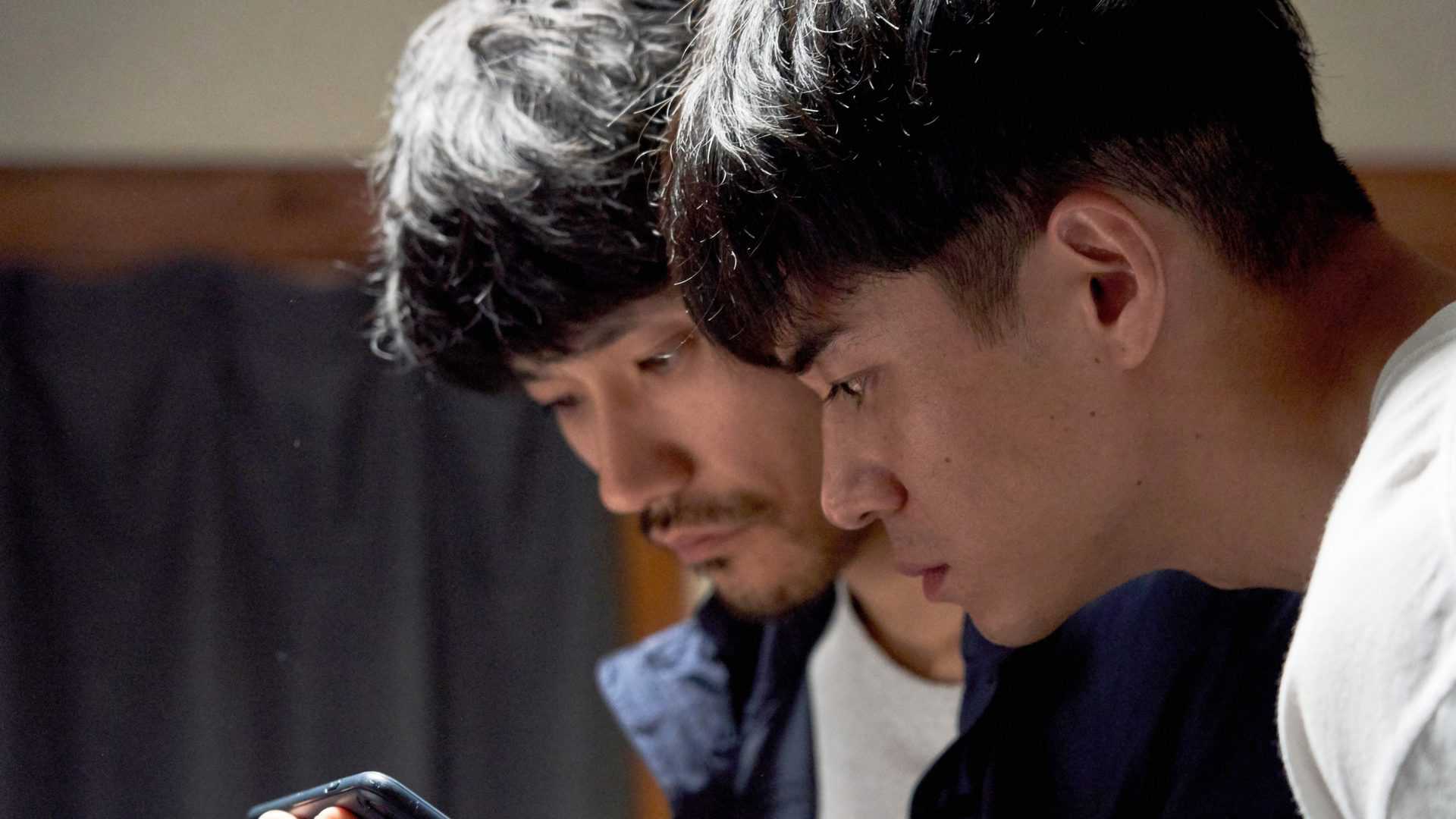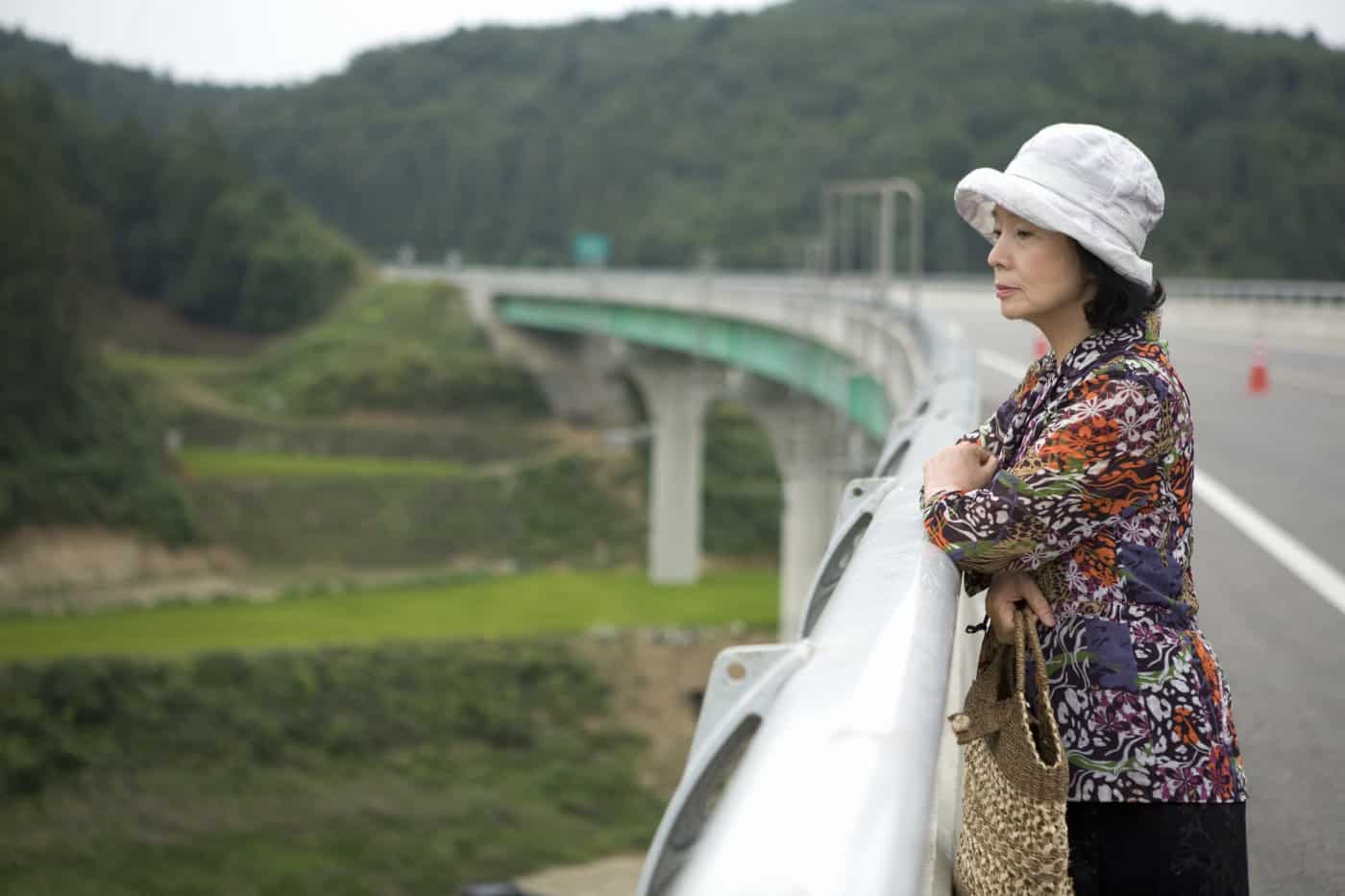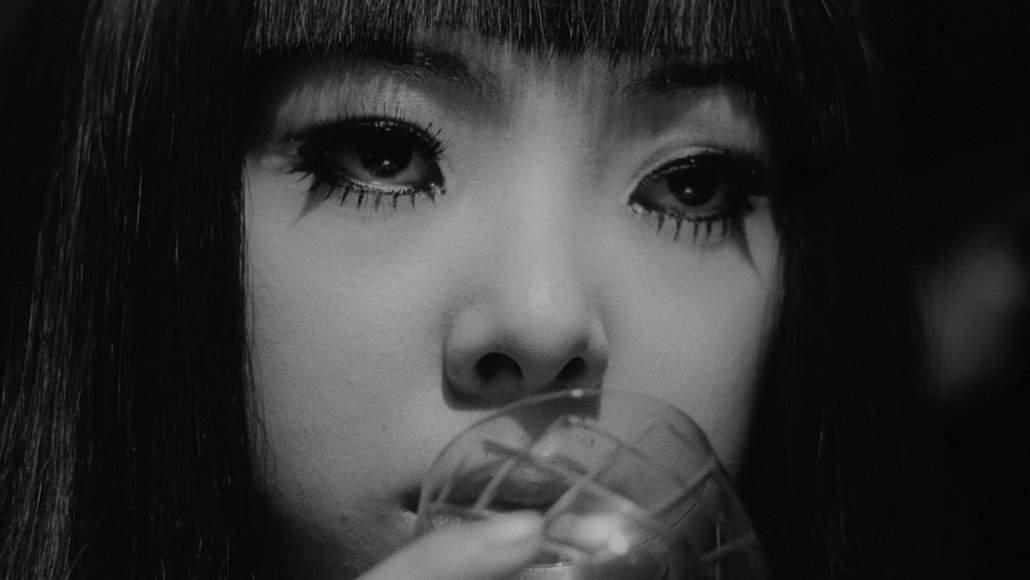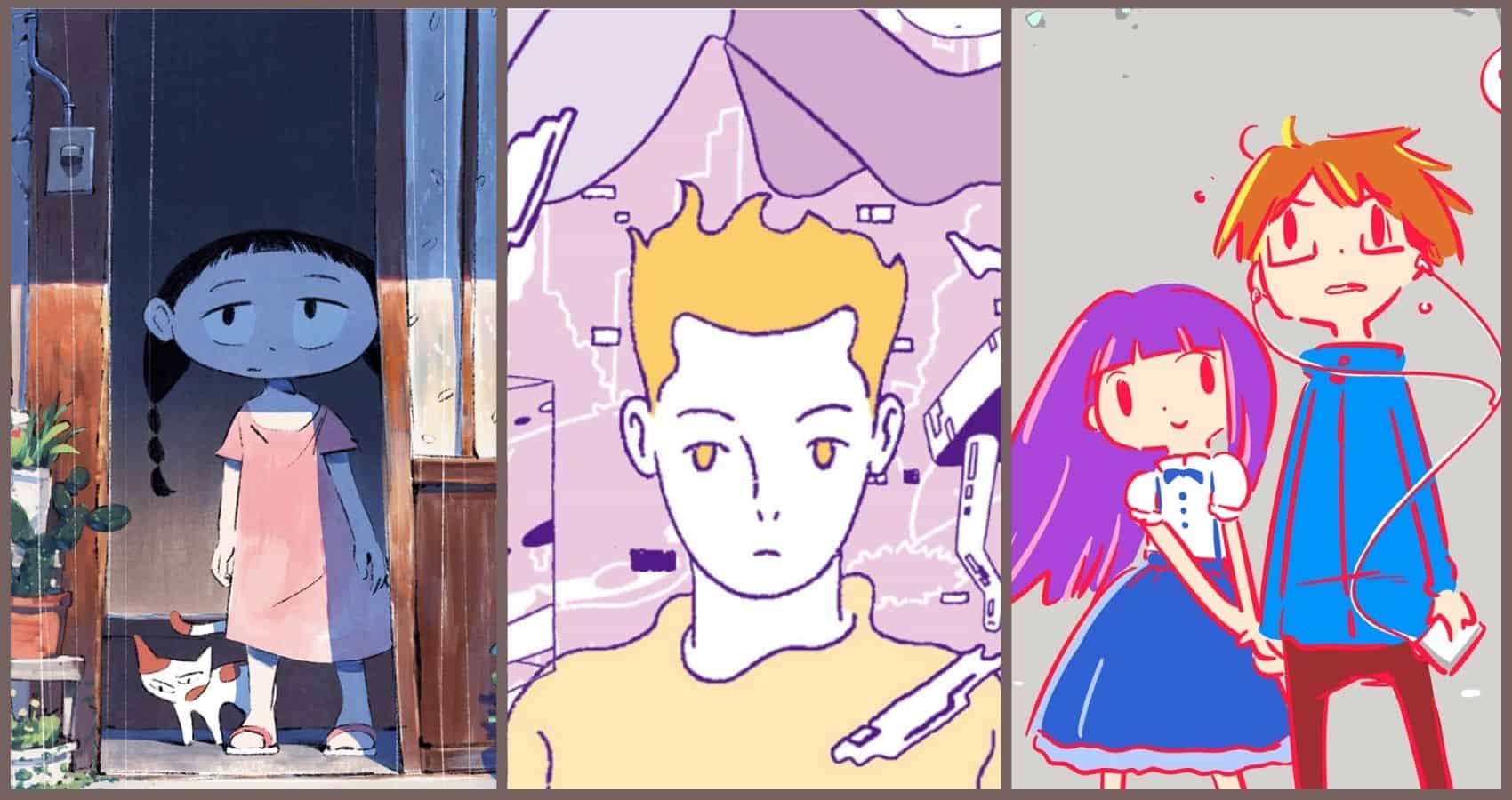Japan's most iconic giant monster is set for a big screen return in Takashi Yamazaki's upcoming film “Godzilla Minus One.” Until that day, it's a perfect time to reflect on the long-lasting legacy of “Godzilla.” Originally conceived as a metaphor for the horrors of nuclear warfare, the kaiju has seen its fair share of unique variations. Yet, the beauty of why this character remains solidified in cinema history is for the ideas that come with its creation and existence, along with many unique interpretations. Like many movie series, the franchise's quality frequently fluctuates, yet plenty of these movies are good, some even fantastic. Here is an exploration of the King of the Monsters' finest hits throughout the years.
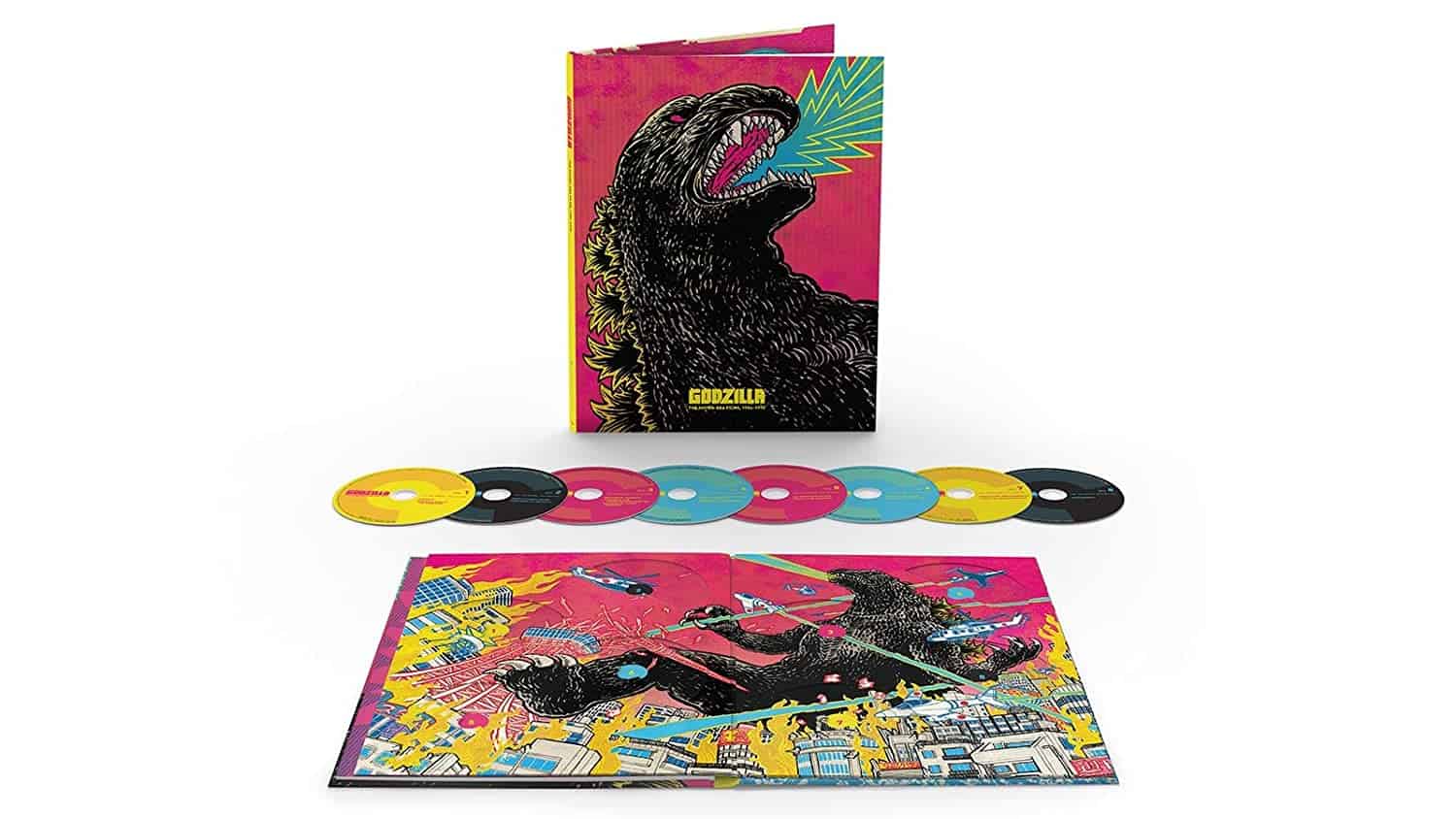
1. Godzilla (1954)
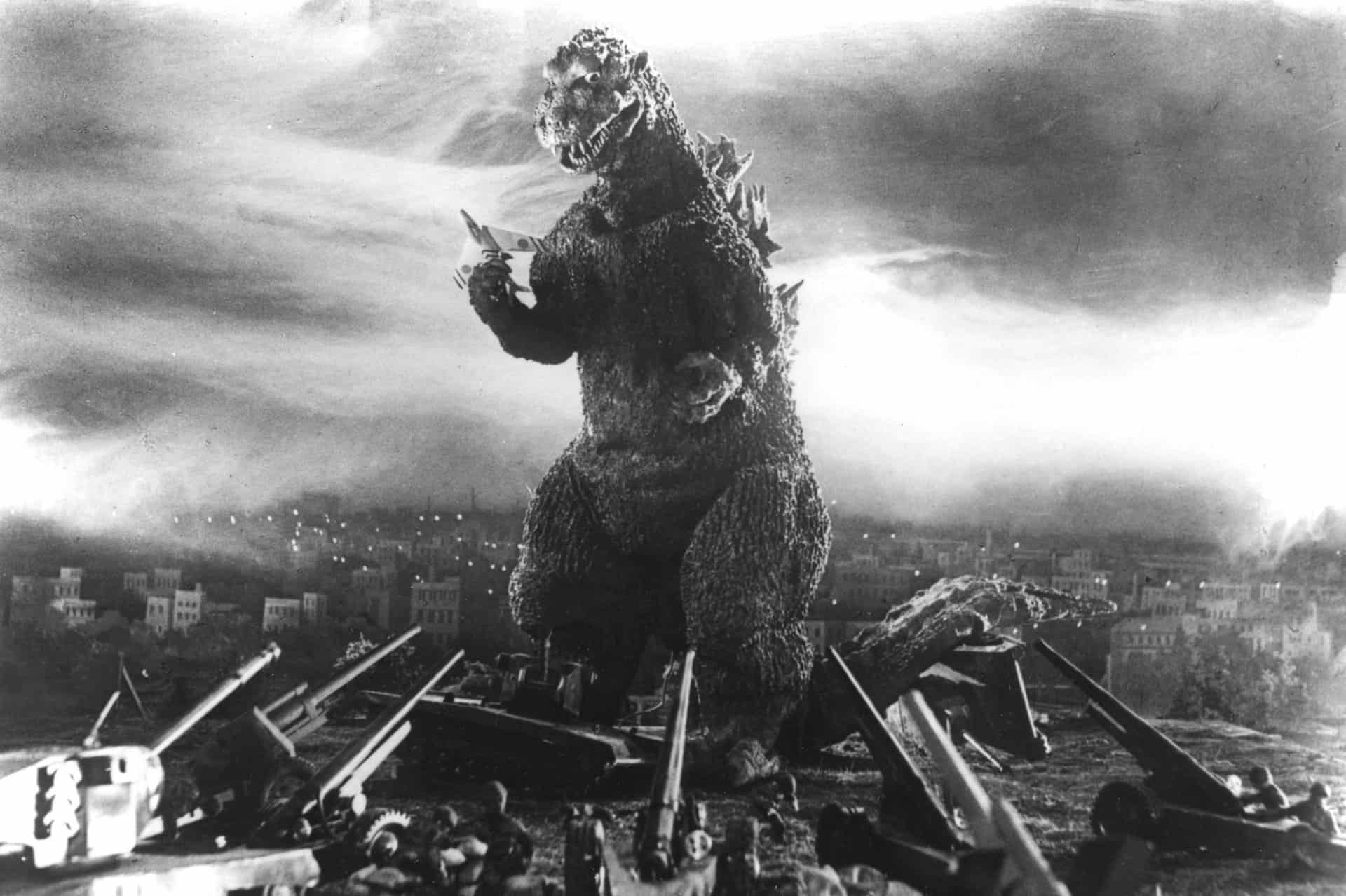
The original film that started it all. “Godzilla” remains a masterpiece all these years later. Ishiro Honda weaves together a simplistic yet effective story that is metaphorically rich, capturing the horrors of nuclear warfare from the perspective of a country still recovering from the postwar aftermath and with an anti-war message that is still just as powerful today. Helping dramatically enhance the heavy experience are compelling characters played by an outstanding cast, with notable standout performances from Akihiko Hirata and Takashi Shimura. Then there are the special effects directed by Eiji Tsuburaya, which, while imperfect, are incredible for their time and still impressive to watch today. The amazing music score by Akira Ifukube gives the film an extra layer of dramatic power.
Rouven Linnarz, in his review, elaborates on the film's nightmarish imagery:
The aftermath of the destruction caused by the creature seems to carry very specific allusions to the catastrophes of Hiroshima and Nagasaki, which is even mentioned by one of the other characters, further worsening the aforementioned dilemma of the scientists. (Rouven Linnarz)
2. King Kong vs. Godzilla (1962)

Two of cinema's most iconic monsters duke it out in what is, in many respects, a groundbreaking film. A stark contrast from the gritty atmosphere of its predecessors, and the budget cuts are quite noticeable. Still, “King Kong vs. Godzilla” is a fun movie. There's a lot to enjoy, from its campy nature to the crude designs of the monsters and a marvelously entertaining finale. Yet, beyond the silliness, it's also a surprisingly clever social satire on the television boom in Japan at the time, playfully inserting commentary on the viewership commercialism that was quite dominant and would continue going forward. Ironically, the feature predicts TV's immense impact on filmmaking in the country in the coming years, resulting in compromised production values and plummeting box office numbers.
In his review of the film, Thor addresses this interesting bit of trivia regarding the film's production:
Honda's original intention was to make the film with stop motion animation. Unfortunately, the budget was tight, making this impossible to achieve. So out came plan B: men in costumes going at each other and stomping on models. This actually set the standard for the many more creature films that would follow. (Thor)
Check also this interview
3. Mothra vs. Godzilla (1964)

The original “Mothra” is a classic in its own right, and “Mothra vs. Godzilla” further solidifies the two title monsters' popularity and impact on cinema forever. Here, the movie creates an immensely entertaining and imaginative experience, including the returning appearance of the Shobojin, played by twin sisters Emi and Yumi Ito, who notably formed the popular duo music group The Peanuts. Alongside the movie's appealing fantastical elements are its compelling critiques of capitalism and humanity's environmental destruction. Eiji Tsuburaya's special effects work here is also noticeably impressive for the time, and Akira Ifukube's music score is outstanding.
4. Ghidorah, the Three-Headed Monster (1964)
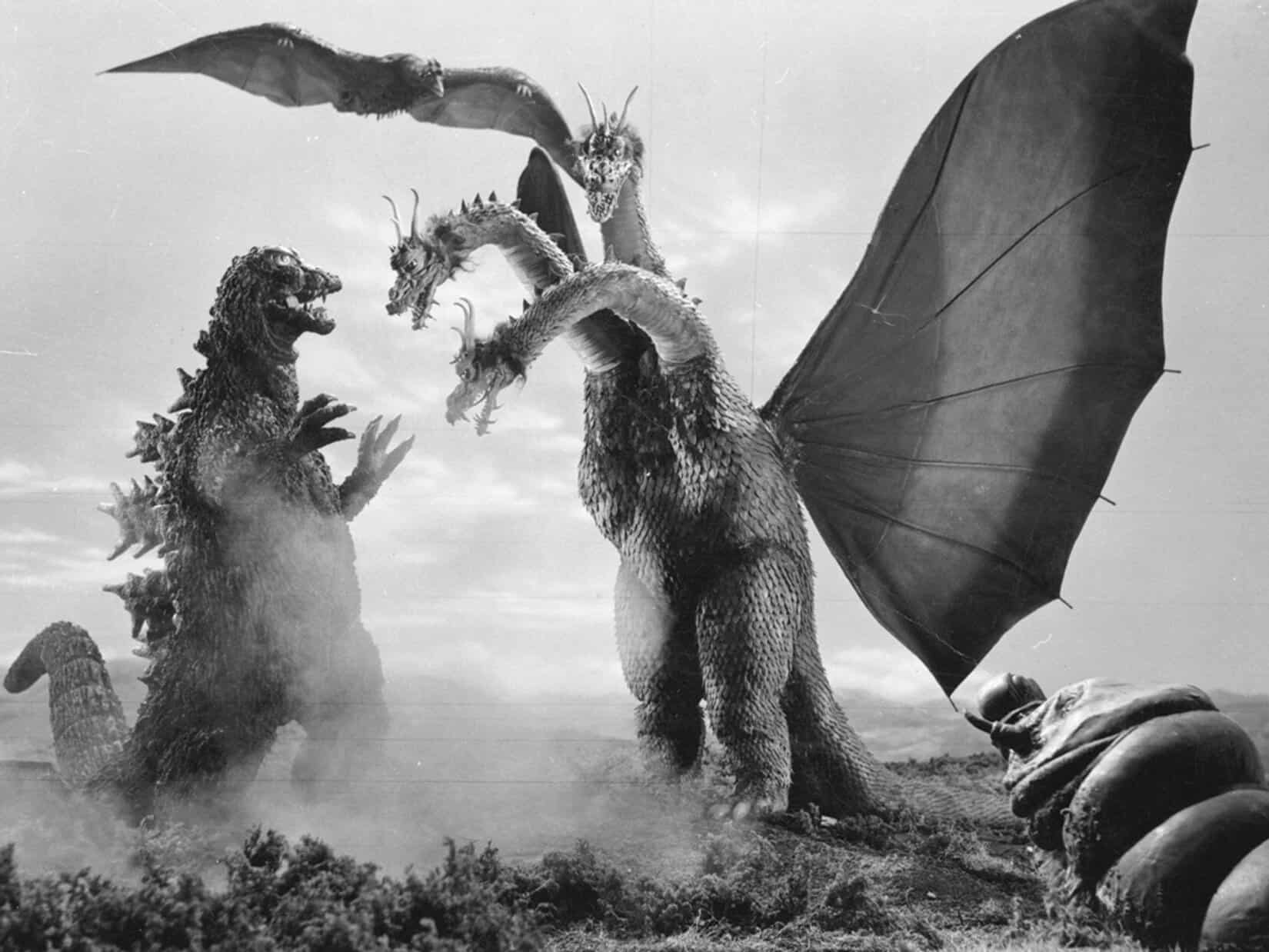
This film marks a significant turning point for Godzilla in a gradual transition from a villain to an anti-hero, plus the introduction of King Ghidorah, one of the franchise's most recognizable foes. Mothra returns, but also appearing is Rodan, a kaiju who also notably got its start in their own film years prior. More lighthearted than its predecessor, “Ghidorah, the Three-Headed Monster” is an entertaining mash-up of science fiction elements with a crime plot, both storylines thankfully never clashing and being appropriately mixed. While many later entries would struggle with utilizing him, here, Ghidorah makes for a formidable antagonist, feeling like an evil, unstoppable yokai out of Japanese mythology. Helping emphasize his threatening presence is that multiple monsters have to team up here to stand a chance.
5. Invasion of Astro-Monster (1965)

“Invasion of Astro-Monster” is immensely enjoyable 1960s sci-fi entertainment, with impressive set-pieces, spectacular action scenes, and memorable characters. The alien invasion trope would become a regular standard throughout the Showa era, though many that followed failed to capture the magic showcased here. It's primarily thanks to a memorable cast, including a charismatic Nick Adams, witty Akira Takarada, entrancing Kumi Mizuno, and marvelously sinister Yoshio Tsuchiya. This film also notably features Godzilla's iconic victory dance, based on a humorous pose from the comedic manga series Osomatsu-kun.
6. Son of Godzilla (1967)
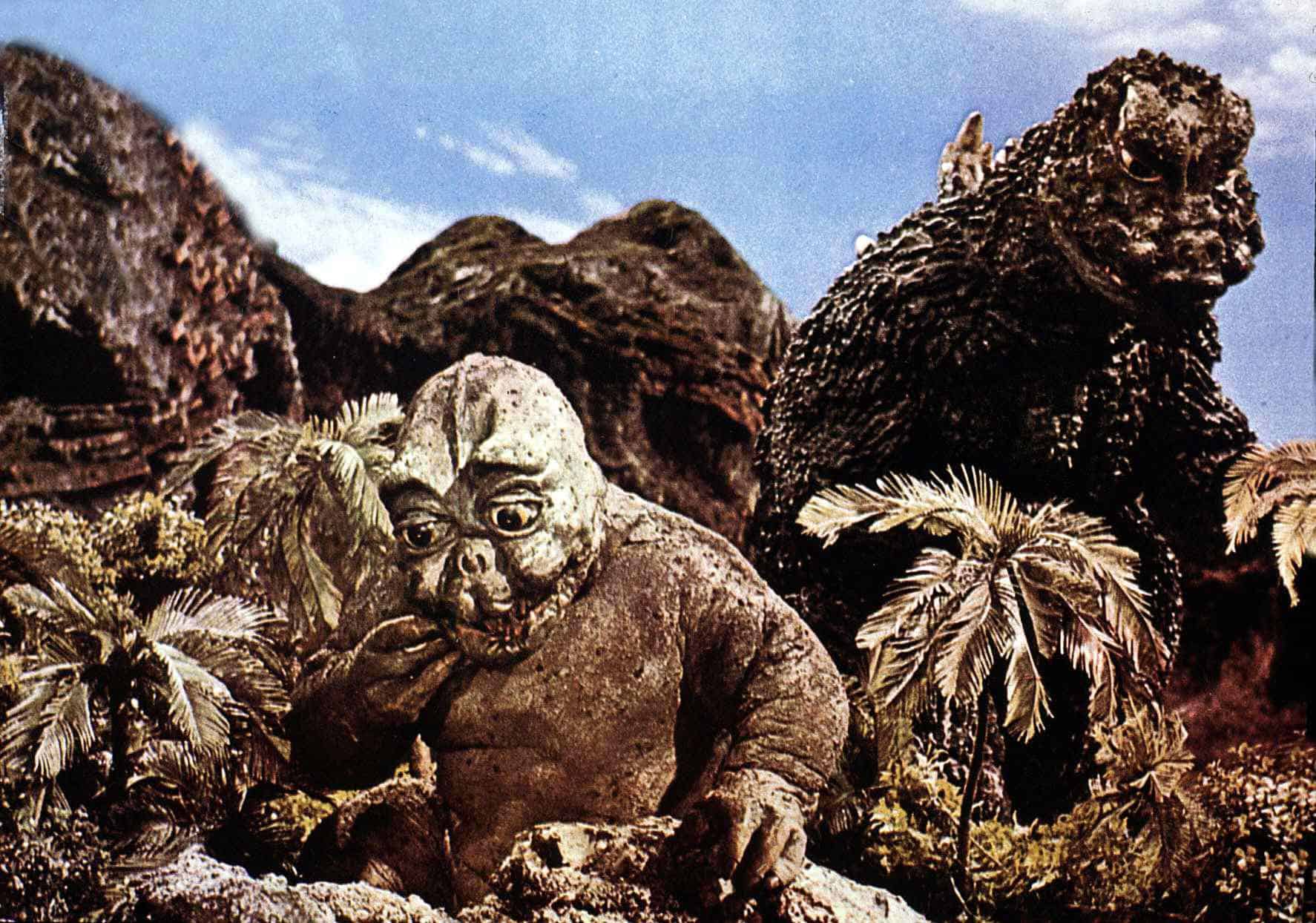
With how silly and goofy the film “Son of Godzilla” is, it also manages to have a lot of heart, the ending being one of the franchise's most heartwarming moments. The idea of the title monster adopting a child to care for could have fallen flat. Yet, Jun Fukuda's sharp direction makes the father-son dynamic between Godzilla and Minilla enjoyable while also taking advantage of the island setting for its human characters to explore. The villains, Kamacuras and Kumonga, are perhaps more traditional types of foes but are still quite memorable and are brought to life through impressive special effects for the time.
7. Godzilla vs. Hedorah (1971)

Yoshimitsu Banno's “Godzilla vs. Hedorah” is polarizing. Its experimental nature and in-your-face direction won't be everyone's cup of tea, yet this movie is also immensely appealing. Effectively captured on film is Japan's overwhelming paranoia of saving the environment from human destruction and the prominent drug craze throughout the 1970s, presenting a message that, while not necessarily subtle, holds a lot of truth. Helping create a sense of suspense and dread is primarily following this insanity through the eyes of a child played by Hiroyuki Kawase, who fans of Japanese cinema may recognize for playing the beggar's son in Akira Kurosawa's film “Dodes'ka-den.” The feature is very entertaining, filled with humorous moments of Godzilla's first notable appearance as a hero and plenty of surprisingly horrifying sequences, with Hedorah being one of the franchise's creepiest kaiju.
8. Godzilla vs. Mechagodzilla (1974)

Jun Fukuda's final contribution to the franchise is not a deep film, but the kinetic energy of “Godzilla vs. Mechagodzilla” makes for a great time. Fully embracing its campiness and with lots of great kaiju action, the feature makes a memorable debut for one of the franchise's most iconic characters, Mechagodzilla. King Caesar is also a fun addition to the insanity within the film, nicely incorporating the setting of Okinawa into the story. Masaru Sato's music score here is wonderfully vibrant, adding to the movie's often colorful imagery.
9. Terror of Mechagodzilla (1975)
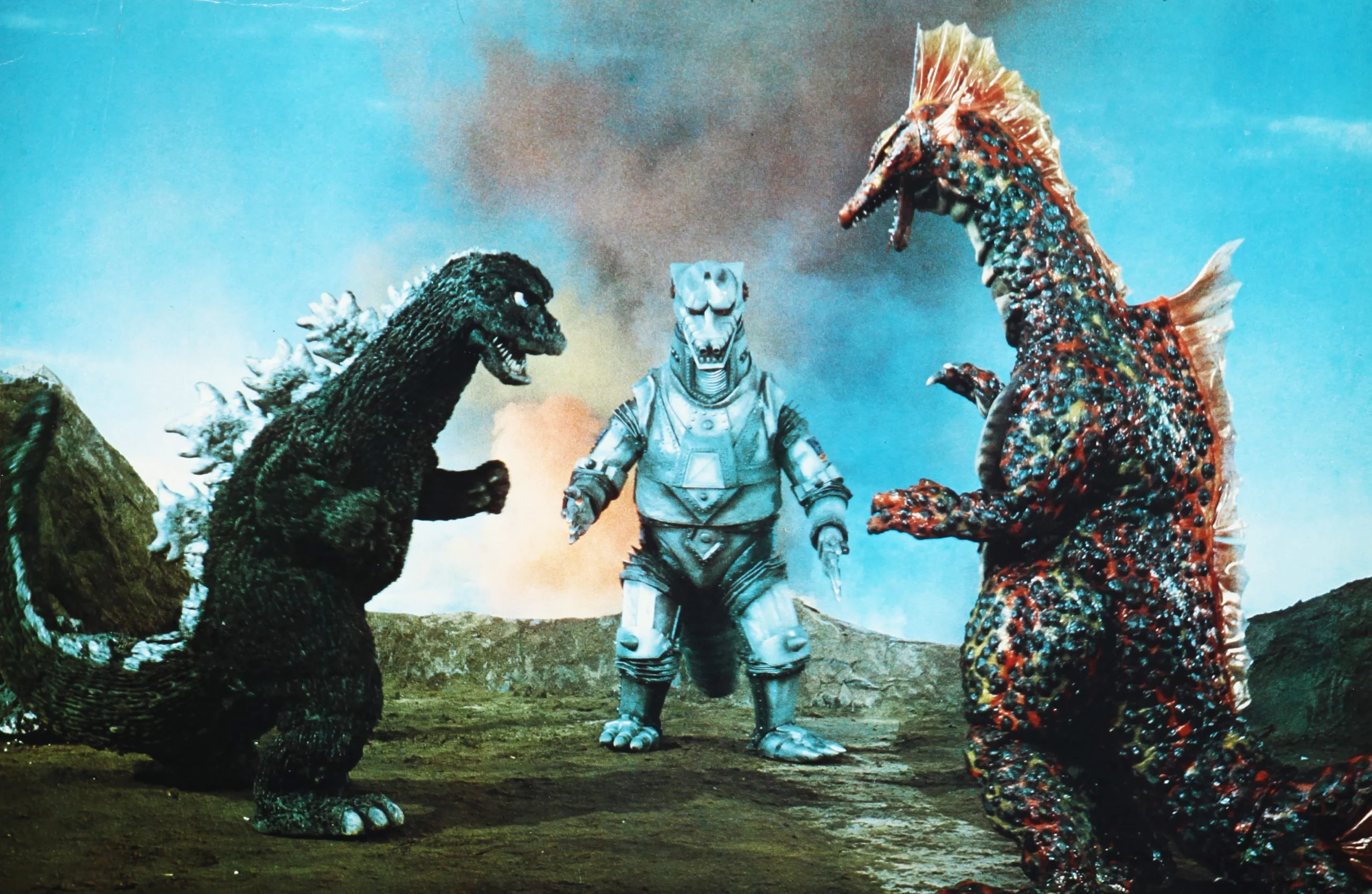
Beyond being an entertaining follow-up, “Terror of Mechagodzilla,” in many regards, is a more compelling and well-crafted film and what would also be Ishiro Honda's final directed feature. Significantly darker and with greater emphasis on human drama, the movie makes for a fun yet also gritty finale to the classic Showa era of the franchise. It does a great job carrying over the kinetic energy of its predecessor while effectively inserting touching drama, with two fantastic performances by Akihiko Hirata and Tomoko Ai. Teruyoshi Nakano's special effects are a sight to behold, and Titanosaurus makes for one of the more underrated kaiju to be featured in these films.
10. The Return of Godzilla (1984)
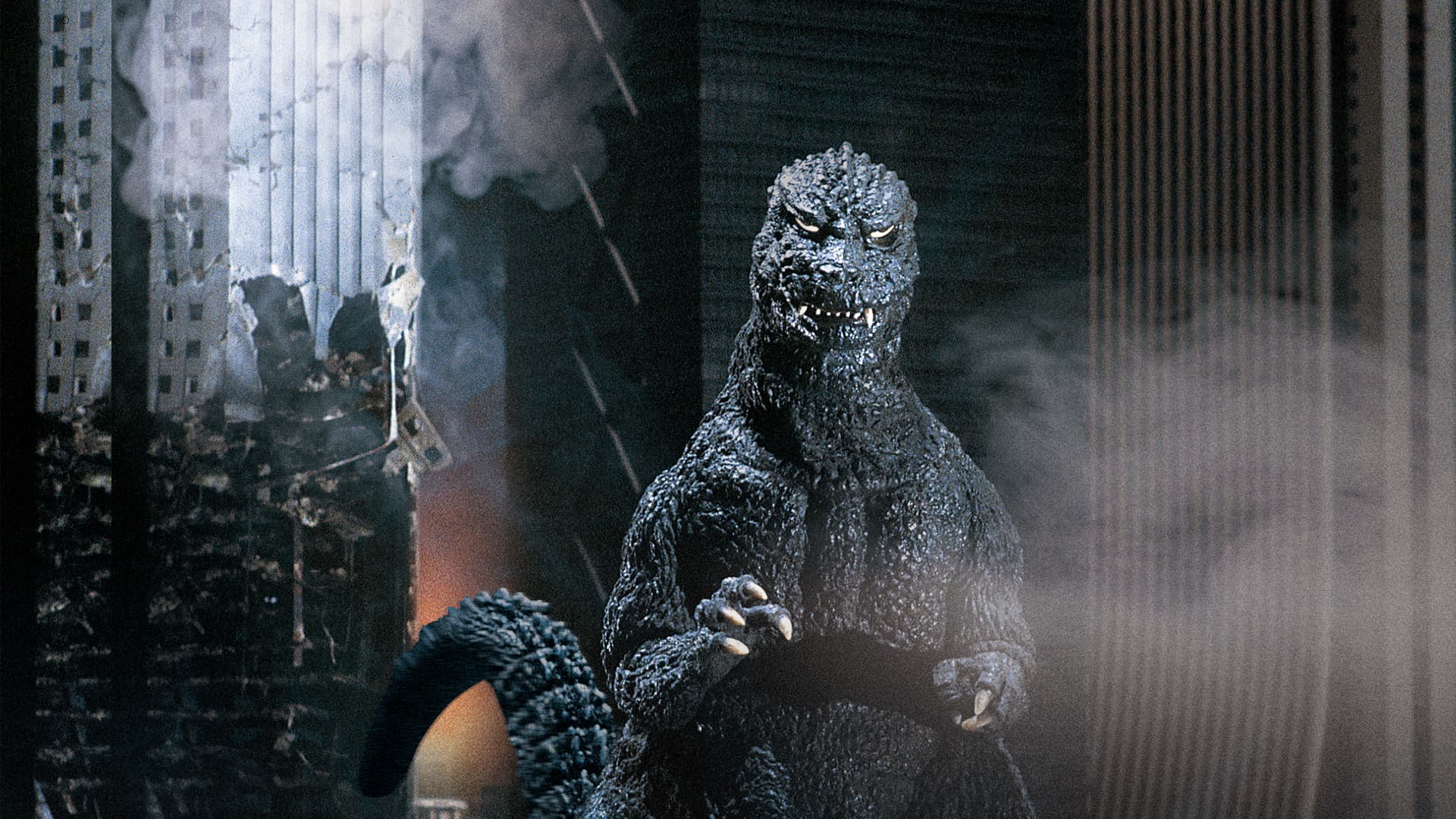
“The Return of Godzilla” marks the start of the Heisei series, though technically stands as the final Showa film of the franchise. Following years of noticeably more lighthearted features to appeal to a younger demographic, Koji Hashimoto brings the series back to its dark metaphorical roots as a representation of the horrors of nuclear warfare in a reboot heavily influenced by the climate of the Cold War. The special effects by Teruyoshi Nakano are outstanding, and the music score by Reijiro Koroku is foreboding yet also beautiful. Yet behind the impressive technical side of the feature, the human drama is quite strong, featuring a standout performance by magnificent actor Keiju Kobayashi, who plays the Japanese prime minister in the movie. Godzilla is reverted back to being a villainous monster while also having sadness about its existence as a mutated life-form trying to survive.
11. Godzilla vs. Biollante (1989)
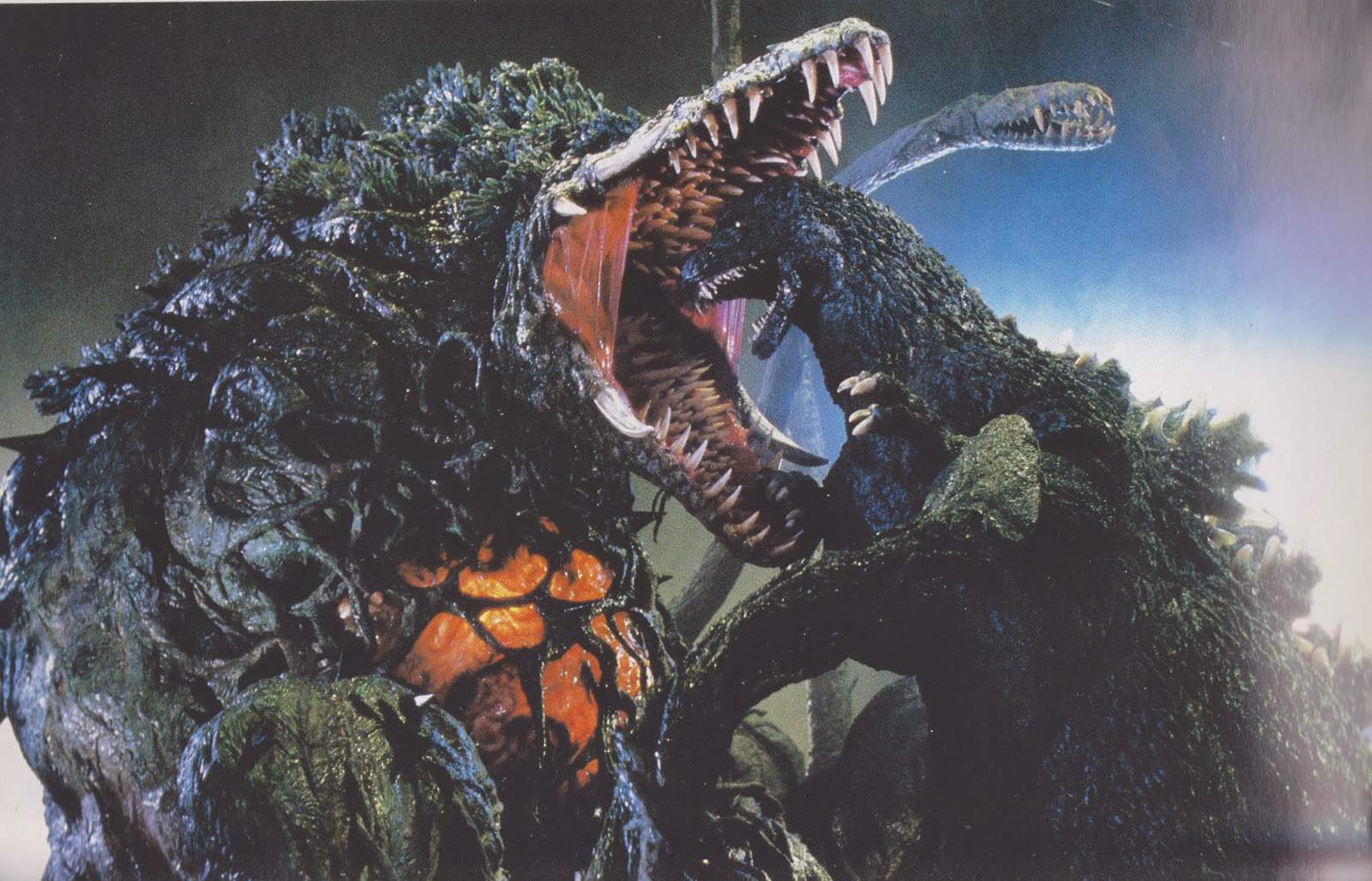
Kazuki Omori's “Godzilla vs. Biollante” carries over the grittiness of its predecessor, though with a heavier emphasis on action, humor, and science fiction. Biollante is a creature that is a sight to behold, being terrifying yet also having a tragic quality to her. While the movie may not always be tonally consistent, it has much entertainment value to offer from its compelling concepts and spectacular action. Marking her first appearance here is Miki Saegusa, the franchise's most frequent recurring human character. While later films would struggle with their narrative integration of her, here, her mysterious presence adds to the eerie atmosphere, greatly helped by a memorable performance from Megumi Odaka. Koichi Kawakita's special effects are outstanding, right up there with his earlier work on war films like “Zero Pilot.”
12. Godzilla 2000: Millennium (1999)

Following the continuous poor quality of the 1990s Heisei films and a disrespectful American remake from a spiteful filmmaker, Toho rushed into production a new slick reimagining of the character, kickstarting the experimental Millennium era. While a bit rough around the edges with its special effects and editing, “Godzilla 2000: Millennium” is a solid flick and a refreshing change of pace. It captures the fun atmosphere of early Showa entries, including an alien invasion, while also implementing the darker characteristics Godzilla stood for as a feared monster resulting from humanity's mistakes. Takao Okawara's direction is a major step up here compared to his previous outings. It is certainly helped by a charismatic cast, including popular talent Hiroshi Abe in a villainous role.
13. Godzilla, Mothra and King Ghidorah: Giant Monsters All-Out Attack (2001)

From the director behind the excellent Heisei “Gamera” trilogy, Shusuke Kaneko takes the franchise in a more fantasy-oriented direction while harkening the iconic monster back to his roots as a horrifying symbol for nuclear warfare. In addition, Kaneko utilizes the character to reflect on Japan's dark history during World War II and promote a message invoking pacificism and growing from past mistakes. “Godzilla, Mothra and King Ghidorah: Giant Monsters All-Out Attack” is a spectacular film, giving audiences one of the most terrifying renditions of Godzilla as he battles against guardian monsters Baragon, Mothra, and, surprisingly, King Ghidorah. Holding the film together is sharp direction, a solid screenplay, and one of the strongest human casts in any of these movies, including an appearance by versatile actor Hideyo Amamoto. The special effects are outstanding, and Kow Otani's music score helps create a mysterious, foreboding atmosphere.
14. Godzilla Against Mechagodzilla (2002)
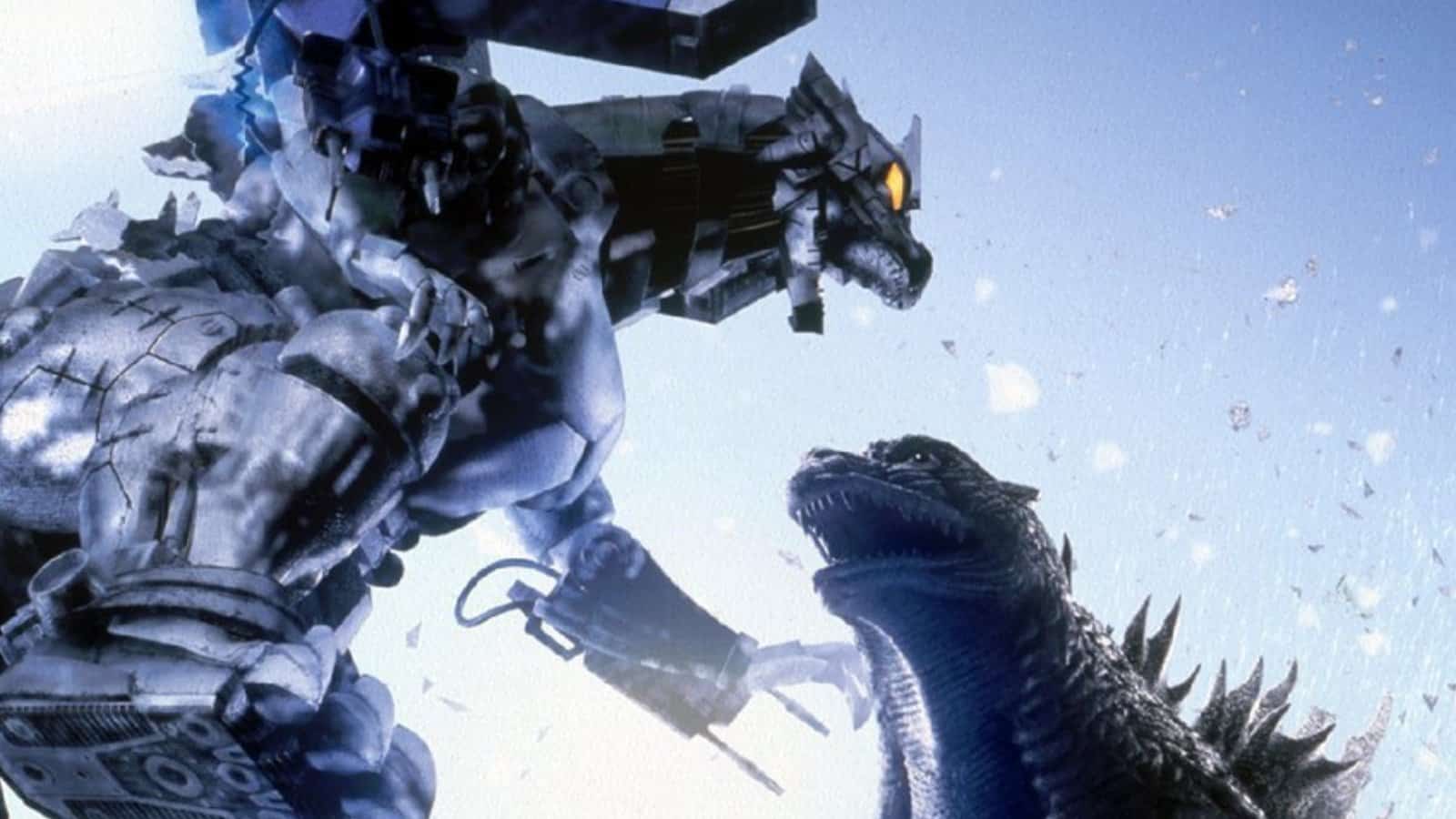
Masaaki Tezuka's second directed effort in the Millennium series is a clever reimagining of one of the franchise's most iconic foes. “Godzilla Against Mechagodzilla” reinvents the robotic beast as a military weapon that houses the remains of the Godzilla that attacked in 1954, adding more of a personal quality that the character hadn't seen prior. In addition, the worldbuilding of the movie is impressive, tying in not only the original film but other Showa kaiju features like “Mothra” and “The War of the Gargantuas.” Beyond terrific special effects and one of the most aggressive depictions of Godzilla, the movie bears other great qualities, such as a wonderful lead played by Yumiko Shaku and an unforgettable music score by Michiru Oshima.
15. Shin Godzilla (2016)
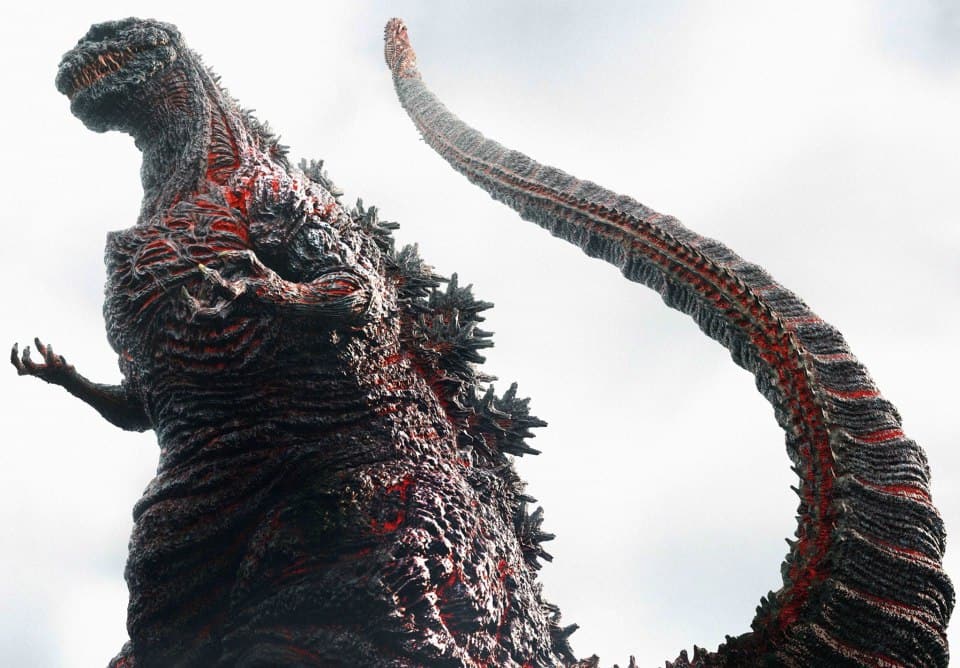
With the collaborative directorial efforts of Hideaki Anno and Shinji Higuchi, “Shin Godzilla” is more than just an entertaining monster flick, but an excellent film that, like the original, anyone can find something to appreciate about it. Wonderfully acted and featuring talents like Hiroki Hasegawa, Satomi Ishihara, Mikako Ichikawa, and Ren Osugi, the feature delivers sharp writing and terrific special effects. The movie reinvents the title monster in a unique and horrifying way while staying true to the themes of nuclear warfare and with the additional twist of dark political satire inspired by the Japanese government's poor response to the 2011 Tohoku earthquake and tsunami, along with the Fukushima nuclear accident that followed.
Panos Kotzathanasis, in his review, elaborates on the politics and social commentary of the film:
The film also works on another, more meaningful level, since it is filled with sociopolitical comments. The association with the 3/11 earthquake, the Fukushima disaster, and the atomic bomb, the way the government works and the efficiency of the state machine from top to bottom are the most obvious, along with the role the US government plays in global affairs, particularly the ones involving Japan. Furthermore, Anno also comments on the Imperial Army, the faults of the intellectuals, particularly regarding the famous ones and their inability to act fast in fear of ruining their status, the superiority of thinking and science compared with violence and war (scientists and army if you prefer), the blights of nuclear energy, and human nature. (Panos Kotzathanasis)


